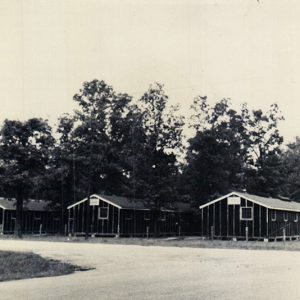 Camp Monticello Barracks
Camp Monticello Barracks
Entry Category: Museums and Historic Sites
 Camp Monticello Barracks
Camp Monticello Barracks
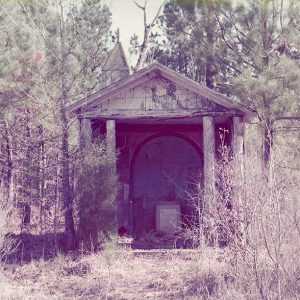 Camp Monticello Chapel
Camp Monticello Chapel
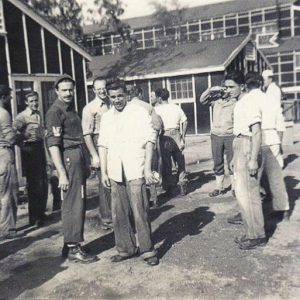 Camp Monticello POWs
Camp Monticello POWs
Camp Ouachita National Historic District
Capitol-Main Historic District
Captain Charles C. Henderson House
aka: Henderson House
Captain Goodgame House
Captain Isaac N. Deadrick House
Captain John T. Burkett House
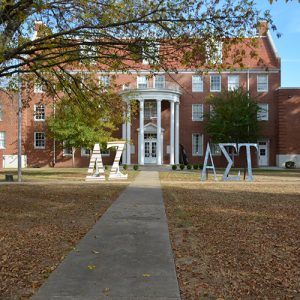 Caraway Hall
Caraway Hall
 Caraway Hall
Caraway Hall
Caraway Hall (Arkansas Tech University)
Carden Bottom
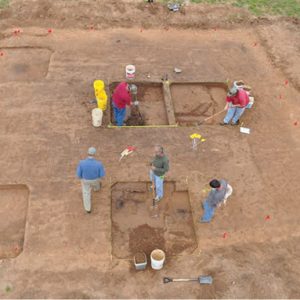 Carden Bottoms Excavations
Carden Bottoms Excavations
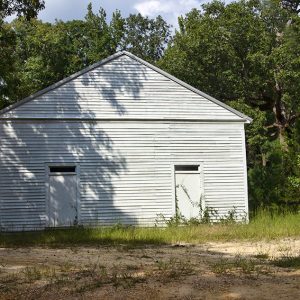 Carolina Methodist Church
Carolina Methodist Church
Carolina Methodist Church
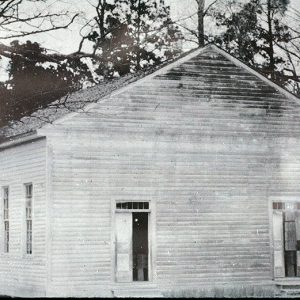 Carolina Methodist Church
Carolina Methodist Church
Carroll County Courthouse, Western District
Carrollton Road
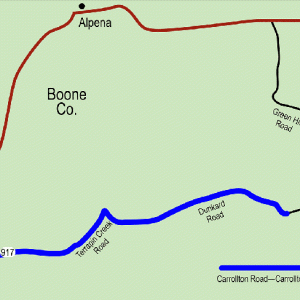 Carrollton Road
Carrollton Road
Carver Gymnasium
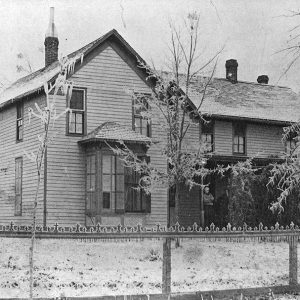 Case-Shiras-Dearmore House
Case-Shiras-Dearmore House
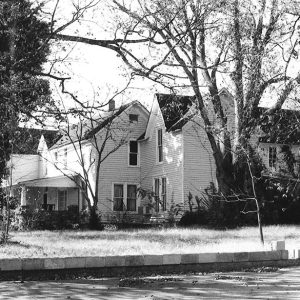 Case-Shiras-Dearmore House
Case-Shiras-Dearmore House
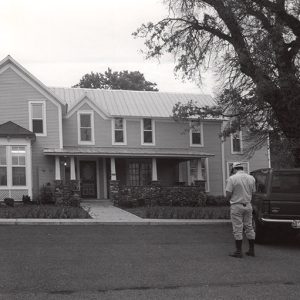 Case-Shiras-Dearmore House
Case-Shiras-Dearmore House
Case-Shiras-Dearmore House
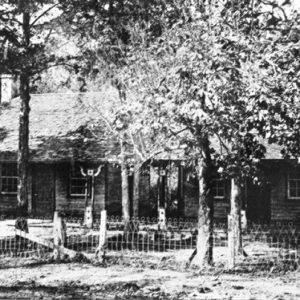 Casey House
Casey House
 Rosanne Cash
Rosanne Cash
Castleberry-Harrington Historic District
Cathedral of St. Andrew
aka: St. Andrew's Catholic Cathedral
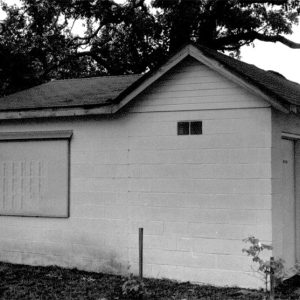 Cato Church Bathrooms
Cato Church Bathrooms
 Cato Church Pews
Cato Church Pews
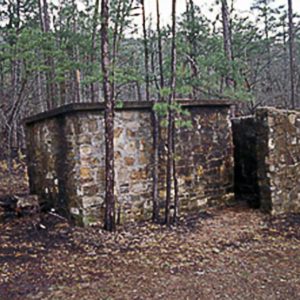 CCC Company 3767 Powder Magazine
CCC Company 3767 Powder Magazine
CCC Company 3767 Powder Magazine Historic District
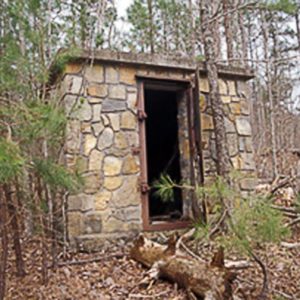 CCC Company 741 Powder Magazine
CCC Company 741 Powder Magazine
CCC Company 741 Powder Magazine Historic District
CCC Company 749 Powder Magazine
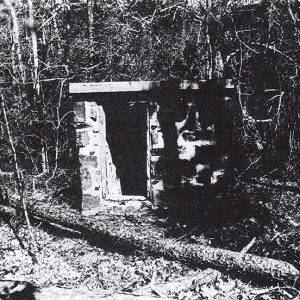 CCC Company 749 Powder Magazine
CCC Company 749 Powder Magazine
 CCC Staff
CCC Staff
Cedar Creek Bridge
aka: Goodie Creek Bridge
 Cedar Creek Bridge
Cedar Creek Bridge
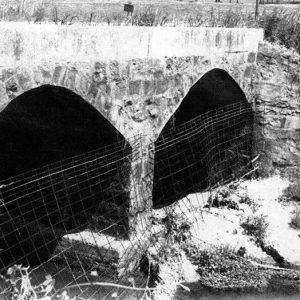 Cedar Creek Bridge
Cedar Creek Bridge
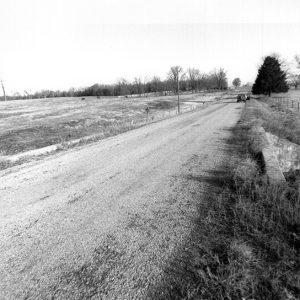 Cedar Creek Bridge Road Bed
Cedar Creek Bridge Road Bed
Cedar Grove School No. 81
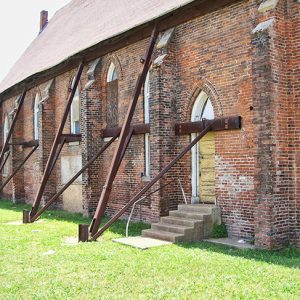 Centennial Baptist Church Repairs
Centennial Baptist Church Repairs
Centennial Baptist Church
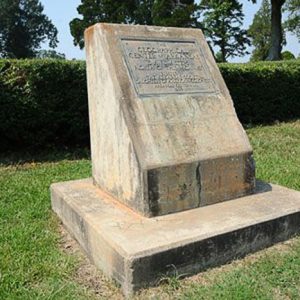 Center of State Marker
Center of State Marker
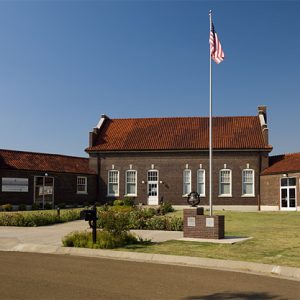 Central Delta Depot Museum
Central Delta Depot Museum
Central Delta Depot Museum
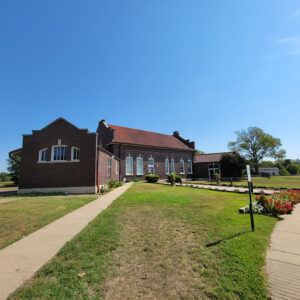 Central Delta Depot Museum
Central Delta Depot Museum
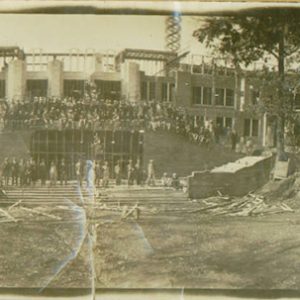 Central High Construction
Central High Construction




